The "adventure rock" outfit's frontwoman demos both her classical-piano-inspired fretboard approach and her favorite modulation pedals.
One would never confuse music as sport. However, for Yvette Young, who took up strict piano lessons at four and added on violin at age seven, the internal pressure and external expectations became too much and broke her. The weight of it all hospitalized her due to an eating disorder. And while still in the hospital, rehabbing from her battle, the struggle’s silver lining appeared in the shape of a guitar. Yvette’s love affair with the instrument began while she was still in bed and has remained tried and true ever since.
She admits to starting out like any guitarist, learning basic chords and shapes in standard tuning, but never really finding her voice. The generic, sounding-like-everyone qualities plagued her until stumbling upon alternative tunings by way of influencers like Japanese post-rockers Toe and math-rock aerialists American Football. Through these open tunings (for example: F–A–C–G–B–E), Yvette unlocked her guitar creativity and began expressing herself in solo two-hand tapping compositions. One way she pushes her dexterity and fretboard knowledge is to start an idea out as a vocal melody. Yvette then chases that vocal melody for hours on the fretboard, trying to accompany it with simpatico harmonies on the guitar.
Eventually, electric guitar grabbed ahold and the need for fuller, collaborative jams took root and she began work as a power trio with bassist David Adamiak and drummer Keith Grimshaw. (Now Forrest Rice is the band’s drummer.) Over the last five years she’s released a handful of records and EPs (full band and solo), including 2014’s acoustics, 2015’s Currents, a live performance at Audiotree in 2016, 2017’s Ares, 2018’s effloresce, and most recently, acoustics2.
Before Covet’s Nashville gig at the High Watt, PG’s Chris Kies swooped in for a post-soundcheck hang with the band’s founder and 6-string melodist, Yvette Young. Within the 30-minute video, you’ll witness how her finger-tapping approach, bolstered by gobs of modulation and influenced by formal training on the ivories unlocks fresh, polyphonic compositions that flourish over a bed of atmospheric, transcendent post-rock clouds.
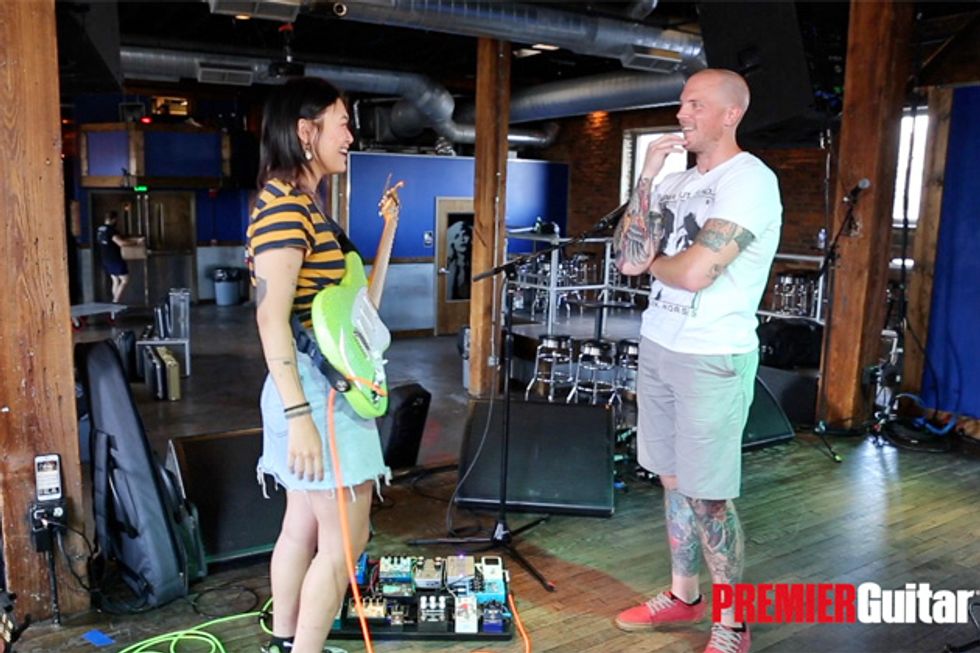
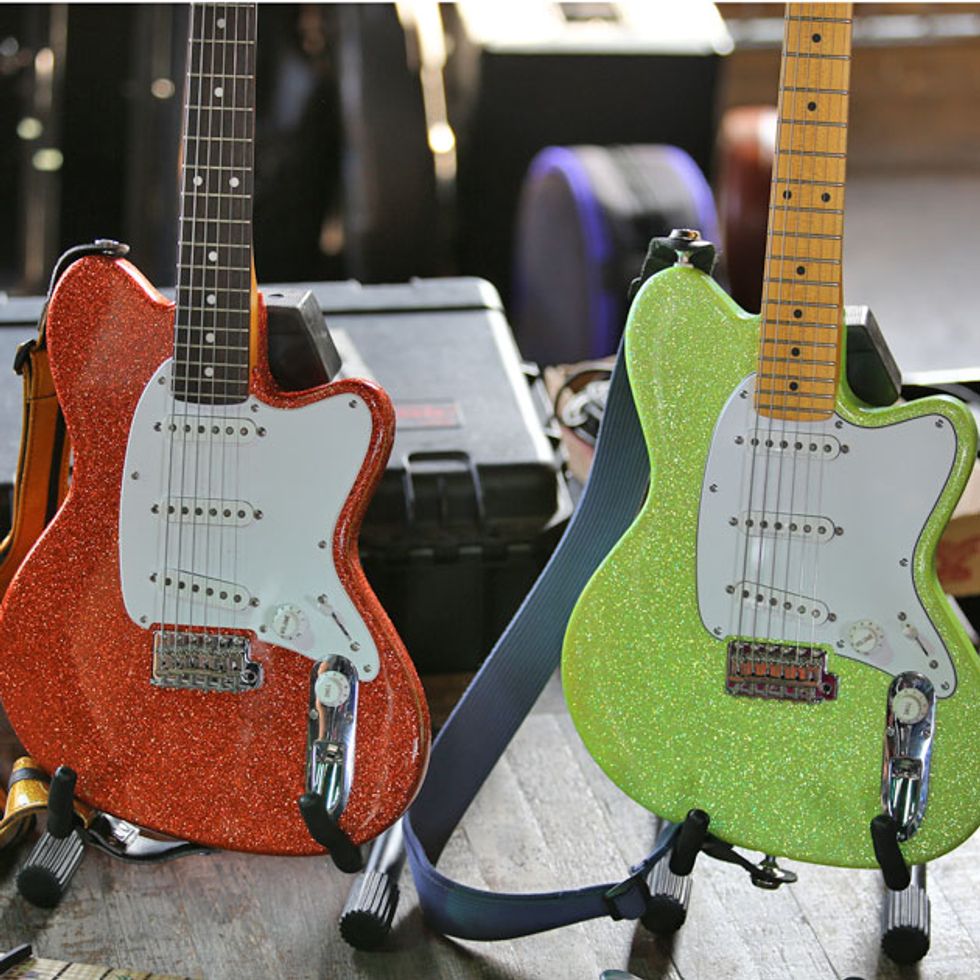
Yvette Young’s electric guitar journey started on a SX Telecaster (it came to her by way of a trade for a drum machine because she wanted to plug in), but her connection with Ibanez can be pinpointed to her first one—a ’90s Talman with Bill Lawrence pickups. The finger-tapping phenom travels with a trifecta of eye-catching guitars, including a pair of sparkle-finished Ibanez Talmans that Yvette Young has named “Creamsicle” and “Flubber.”
At a recent NAMM show, she was loaned a Talman for demo work and immediately heard a difference in her tone definition and the interaction with her amp. She inquired with an Ibanez A&R rep what the pickups were in that model and she found out they were a set of Seymour Duncan SSL-5 Custom Staggered single-coils, so now both Talmans sing thanks to those pickups.
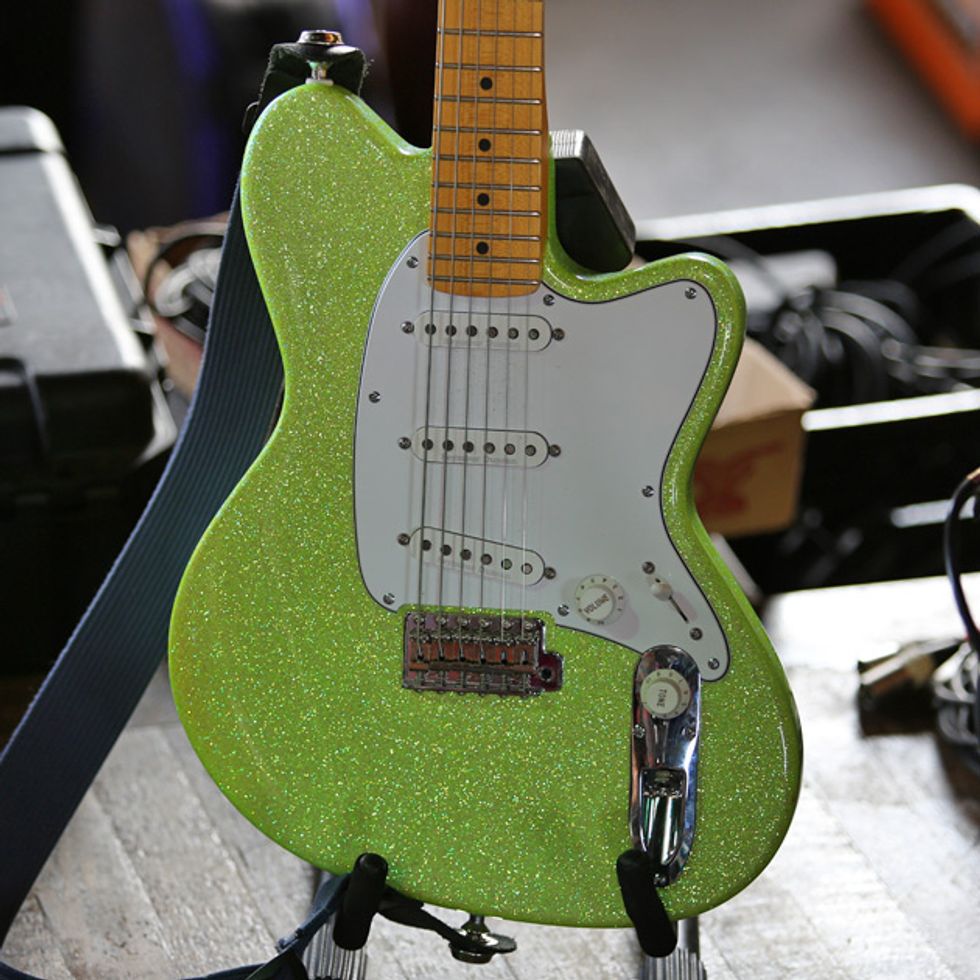
“Flubber” has typical 5-way switching, but you’ll find this showstopper in one of three spots: neck for most finger-tapping sections because of the ringing overtones, the fourth position for softer, delicate fingerpicked portions, or the bridge when she wants to get gritty and goose the amp. Both Talmans take D’Addario NYXL Extra Heavy (.012–.060) strings. While she changes tunings throughout the show, a mainstay for her is the Lydian-flavored F–A–C–G–B–E, which was inspired by the Japanese post-rock band, Toe.
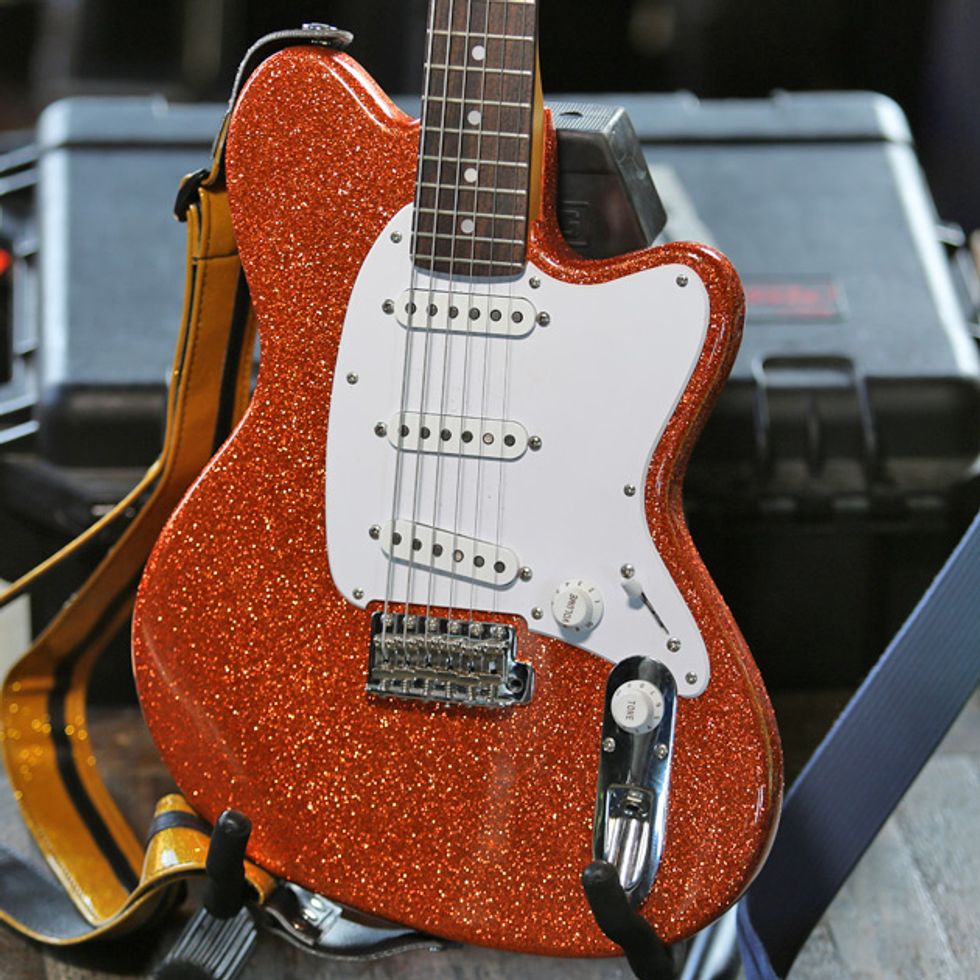
“Creamsicle” is identical to “Flubber” in every way except for it having a rosewood fretboard. Like most guitarists, Yvette admits that while the guitars are similar in spec, they sound different enough that “Flubber” is currently her numero uno. (Also, if you watch the video around 6:30 she punks Chris by telling him that it’s made up of her dog’s ashes—it’s not, nor has she ever owned a dog.)
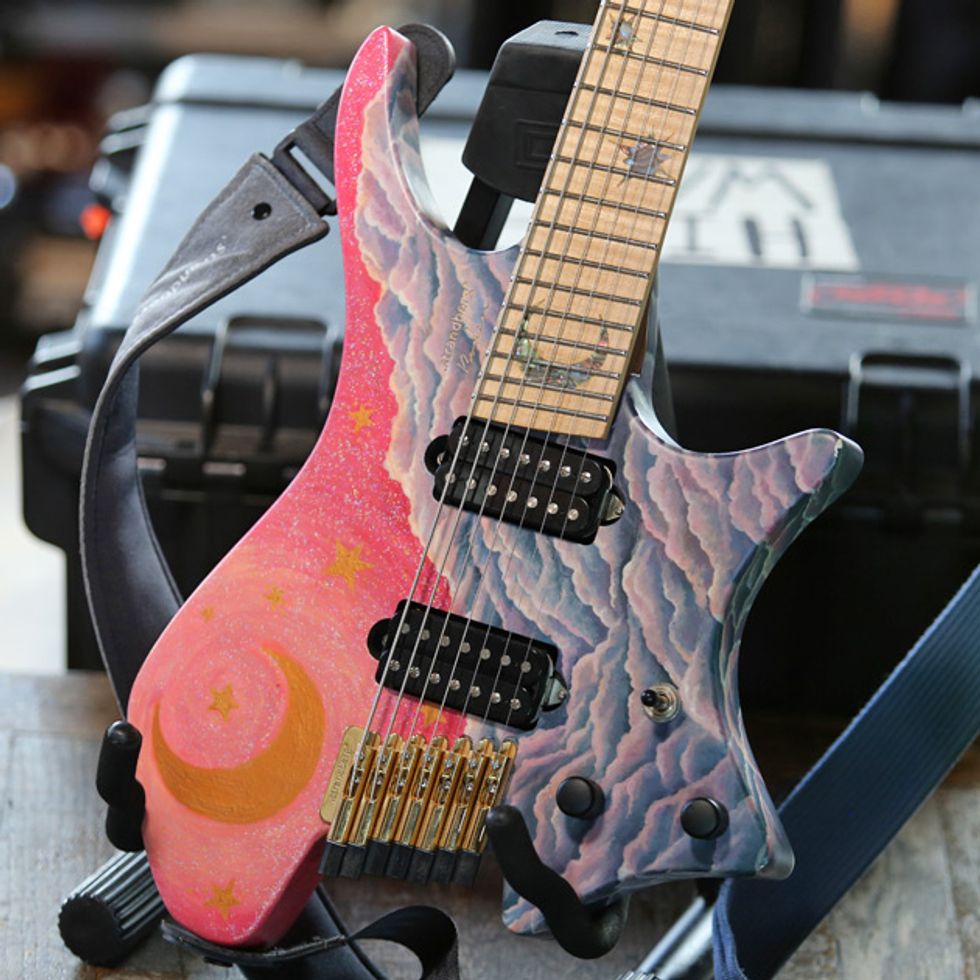
Yvette typically opens the set with two numbers “Sea Currents” and “Falkor” (yes, after the dog-like creature in The Neverending Story) that require this Strandberg Boden 7-string. Aiming to achieve both the antithesis of metal (Boden 7-strings are often found in the hands of rockers) and to visually match her transcendent onstage sounds, Yvette handpainted the model and uses it every night.
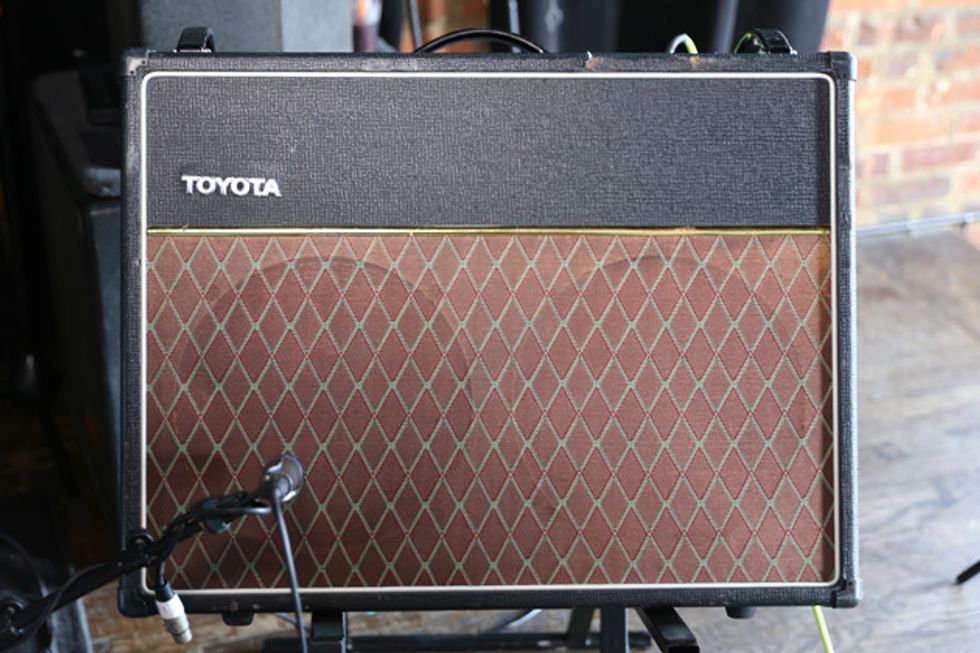
Here’s Yvette’s “Toyota” combo aka a Vox AC30.
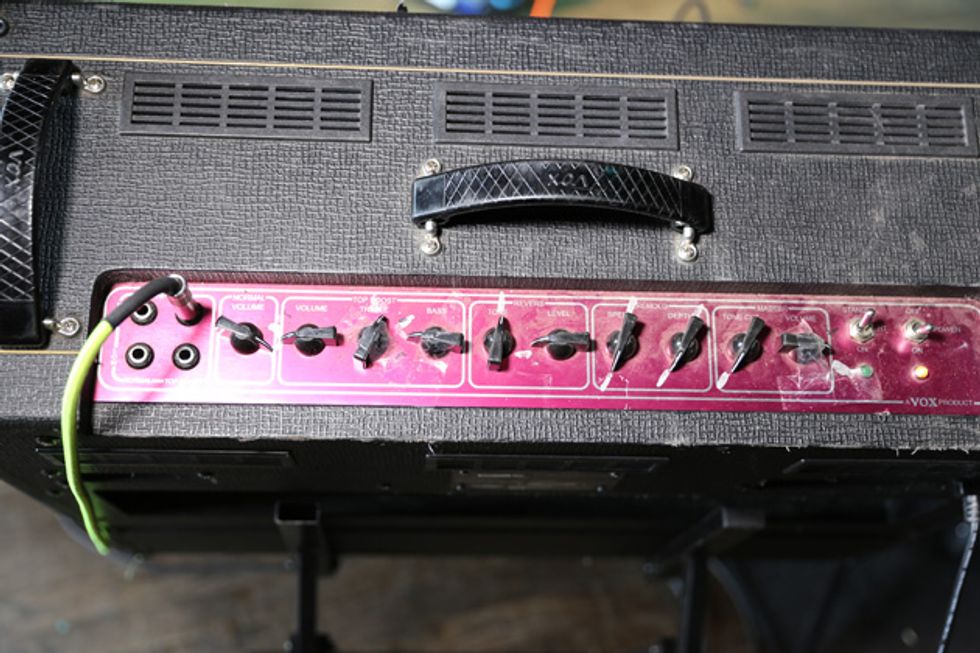
And here are Yvette’s typical settings—notice she plugs into the high input of the top boost channel, still uses the amp’s reverb even though she has two reverb pedals on her board and dials out all the trem.
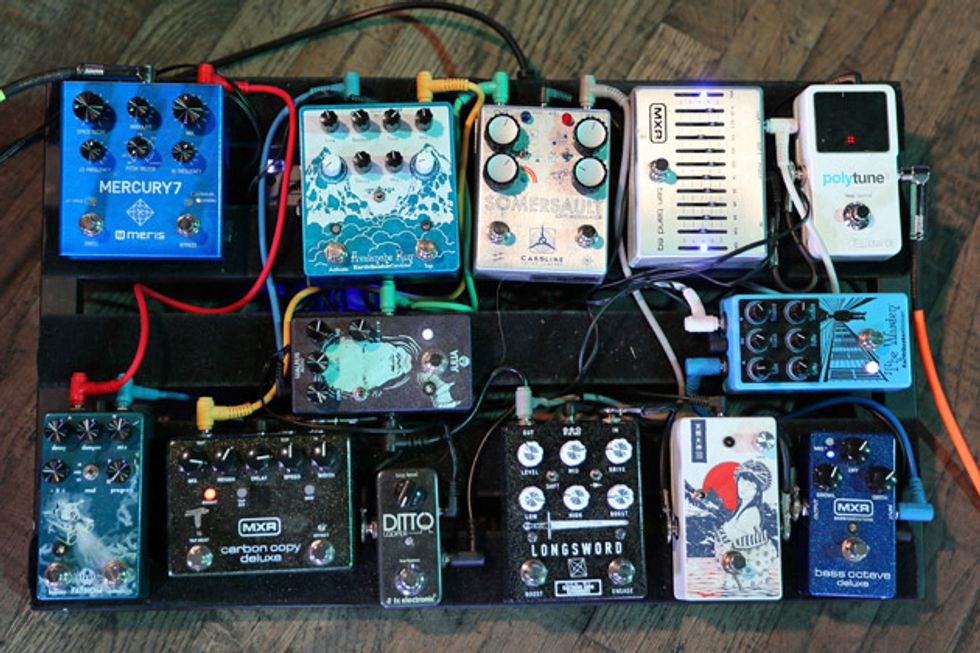
Yvette Young is the only guitarist in her three-piece band, so she has a lot of sonic space to fly and her board is the launch pad. It currently holds a pair of EarthQuaker pedals—Warden Compressor and Avalanche Run—a duo of Walrus Audio stomps—a Fathom Reverb and Julia Chorus/Vibrato—a trio of MXR boxes—Ten-Band EQ, Carbon Copy Deluxe, and a Bass Octave Deluxe. Other noisemakers include a newly acquired Caroline Guitar Company Somersault, Electronic Audio Experiments Longsword, Meris Mercury7, TC Electronic Ditto, and a Ground Control Amaterasu V2. And a TC Electronic PolyTune3 keeps everything in check.




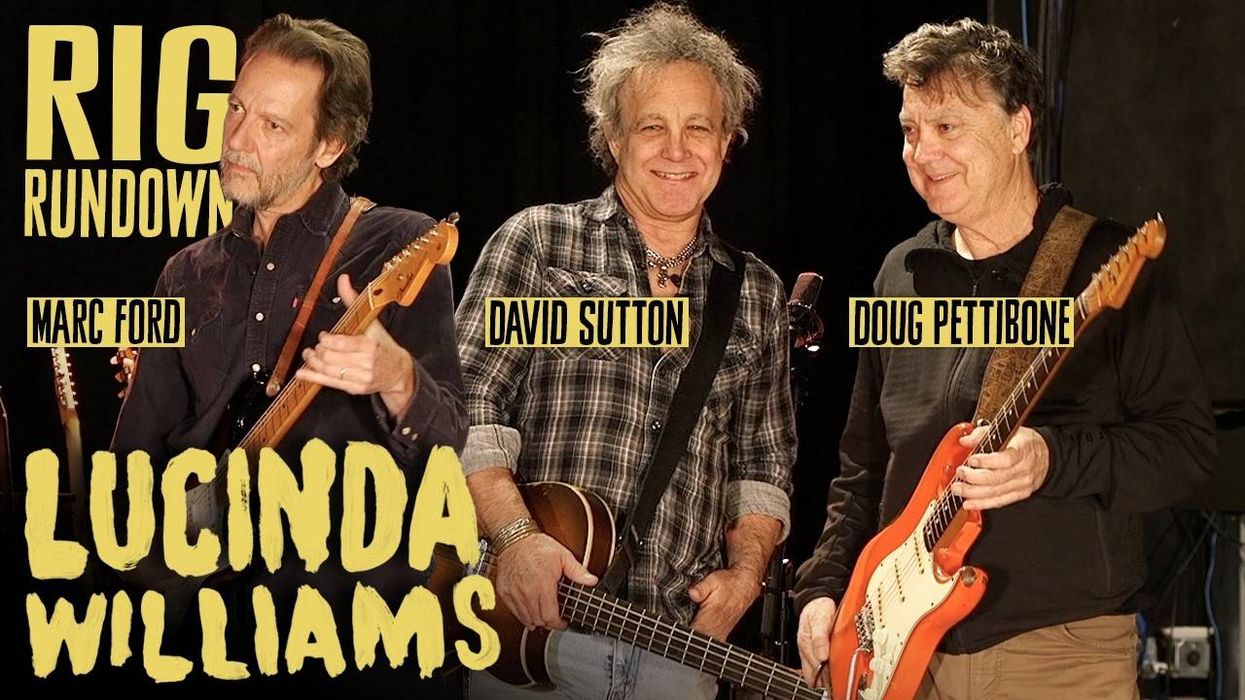
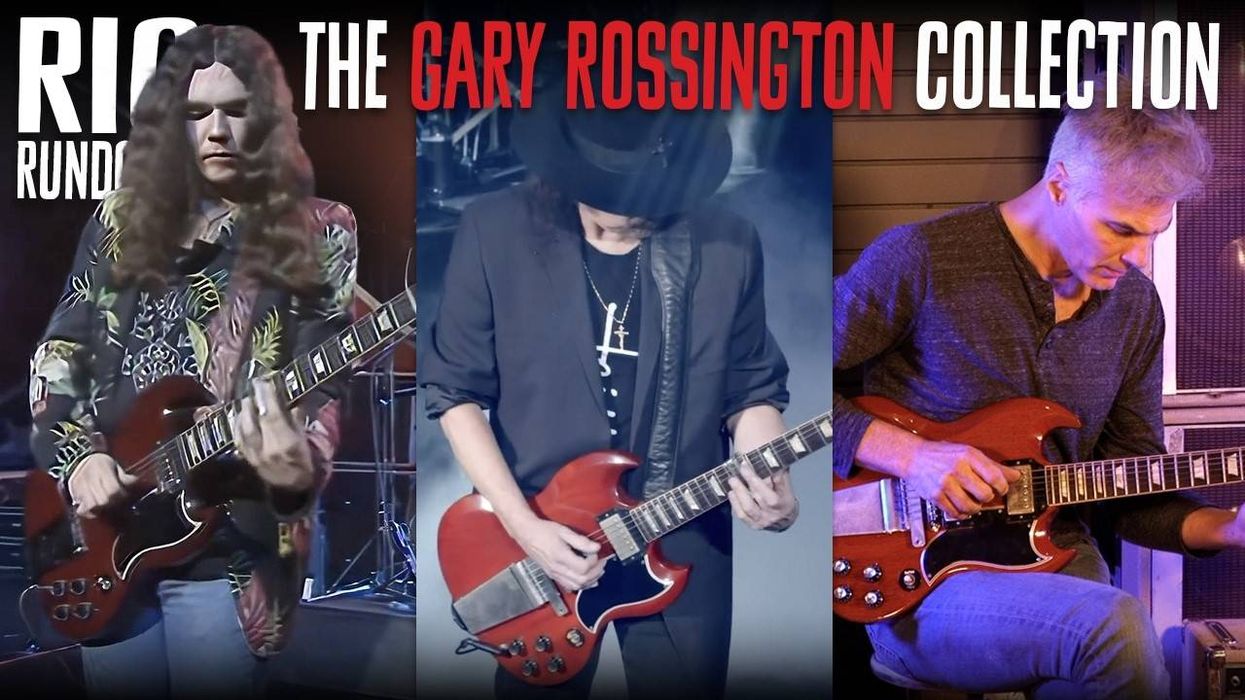
![Rig Rundown: Russian Circles’ Mike Sullivan [2025]](https://www.premierguitar.com/media-library/youtube.jpg?id=62303631&width=1245&height=700&quality=70&coordinates=0%2C0%2C0%2C0)











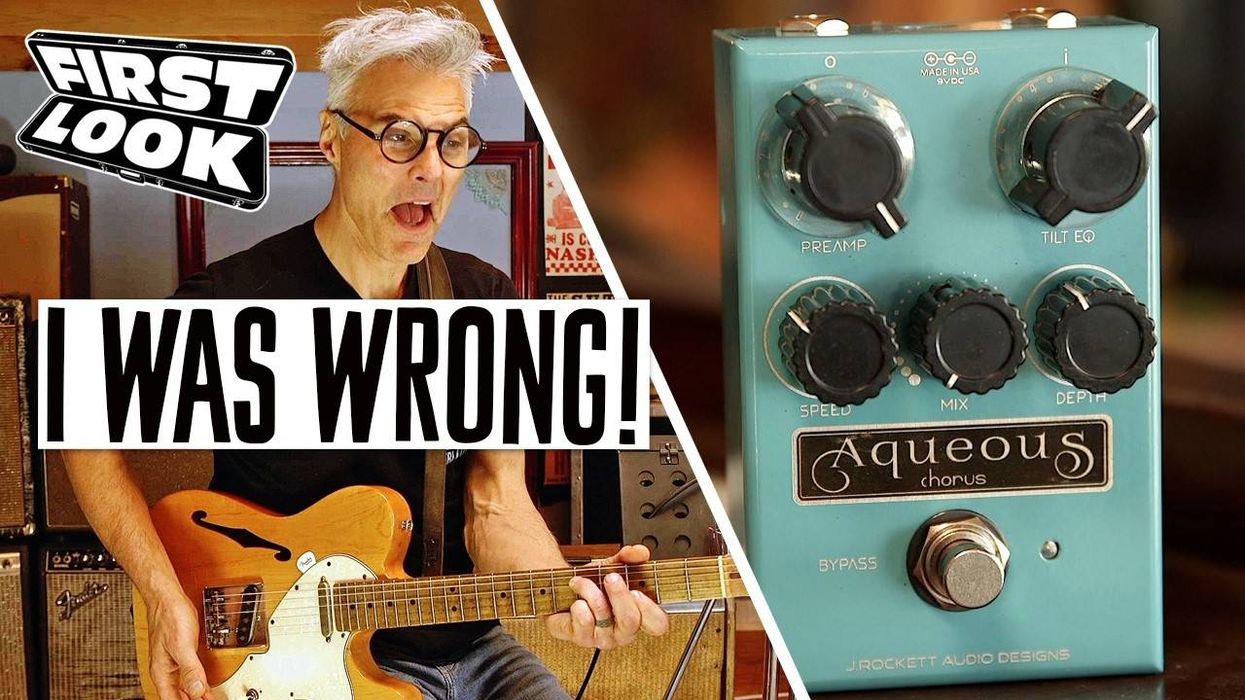
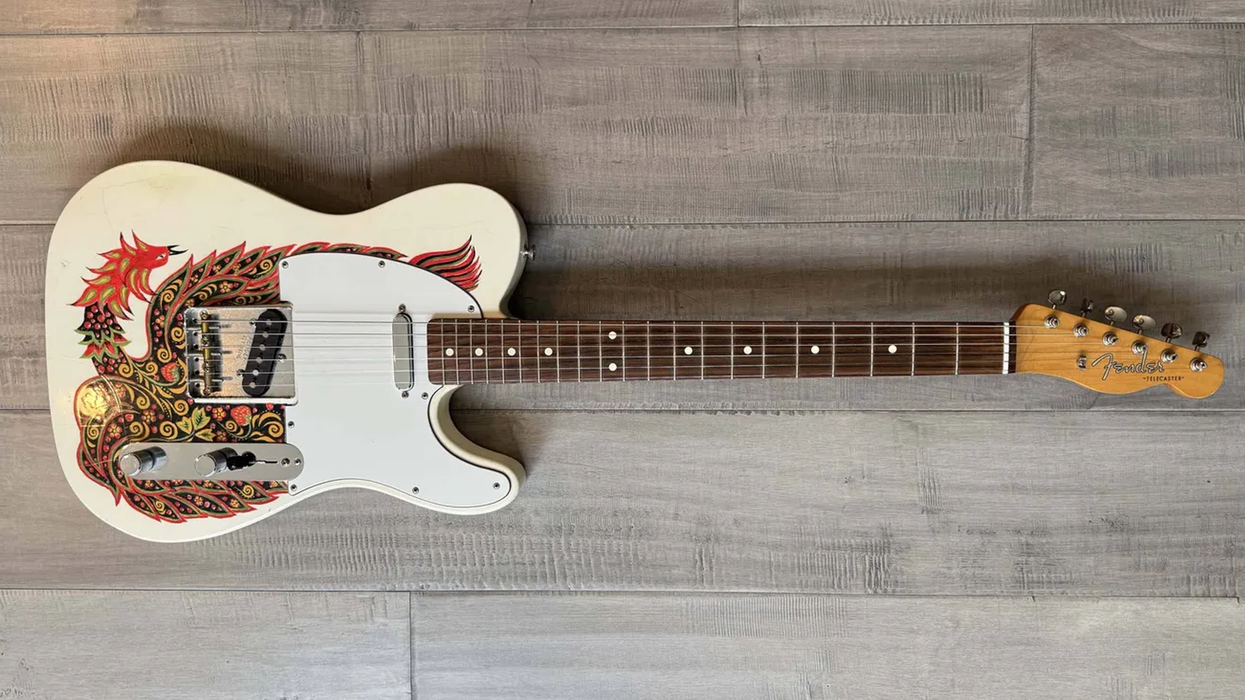
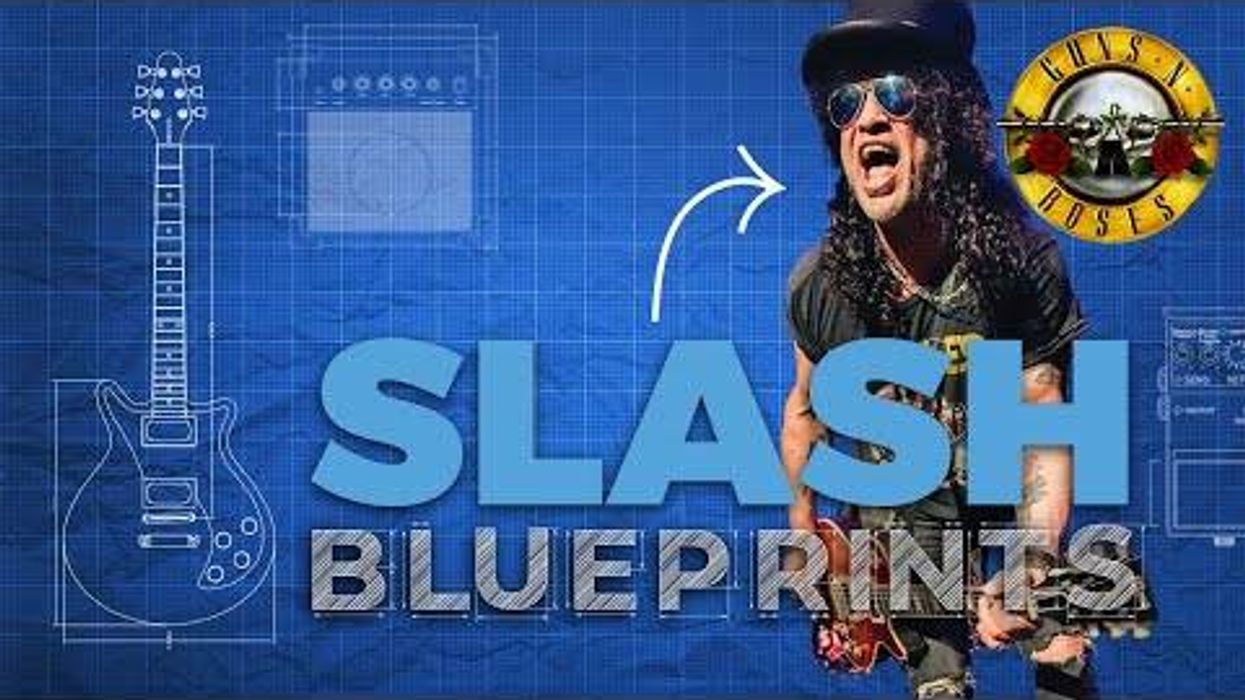
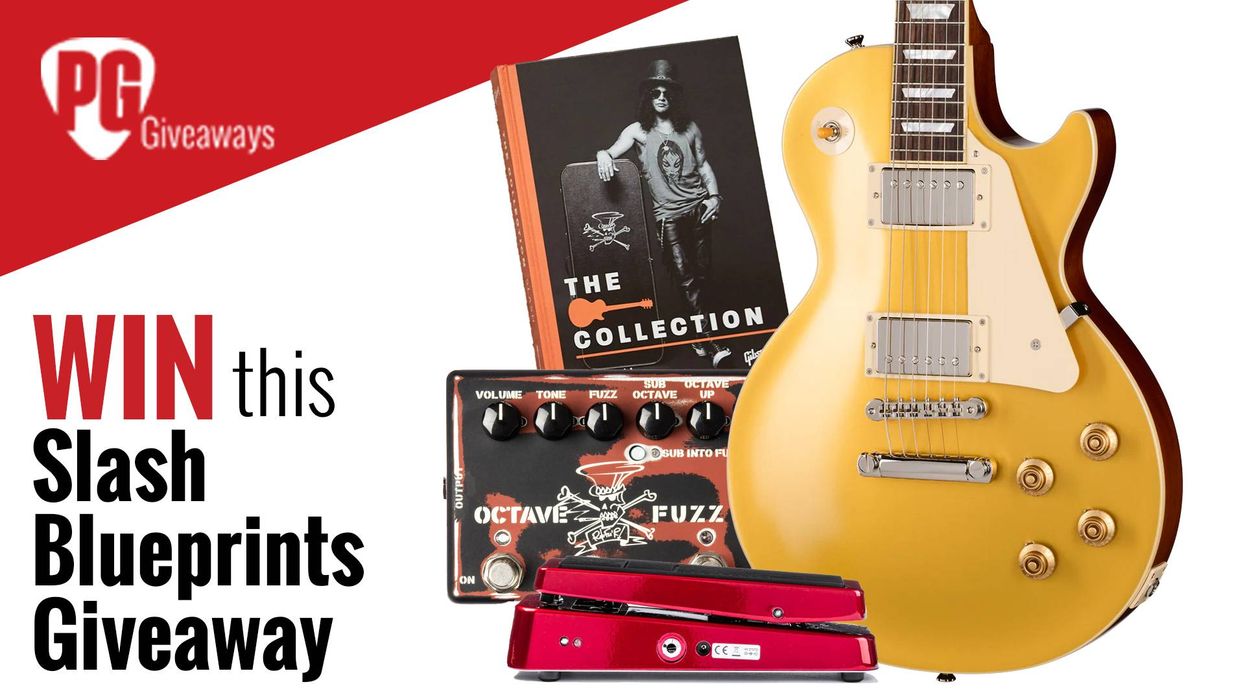
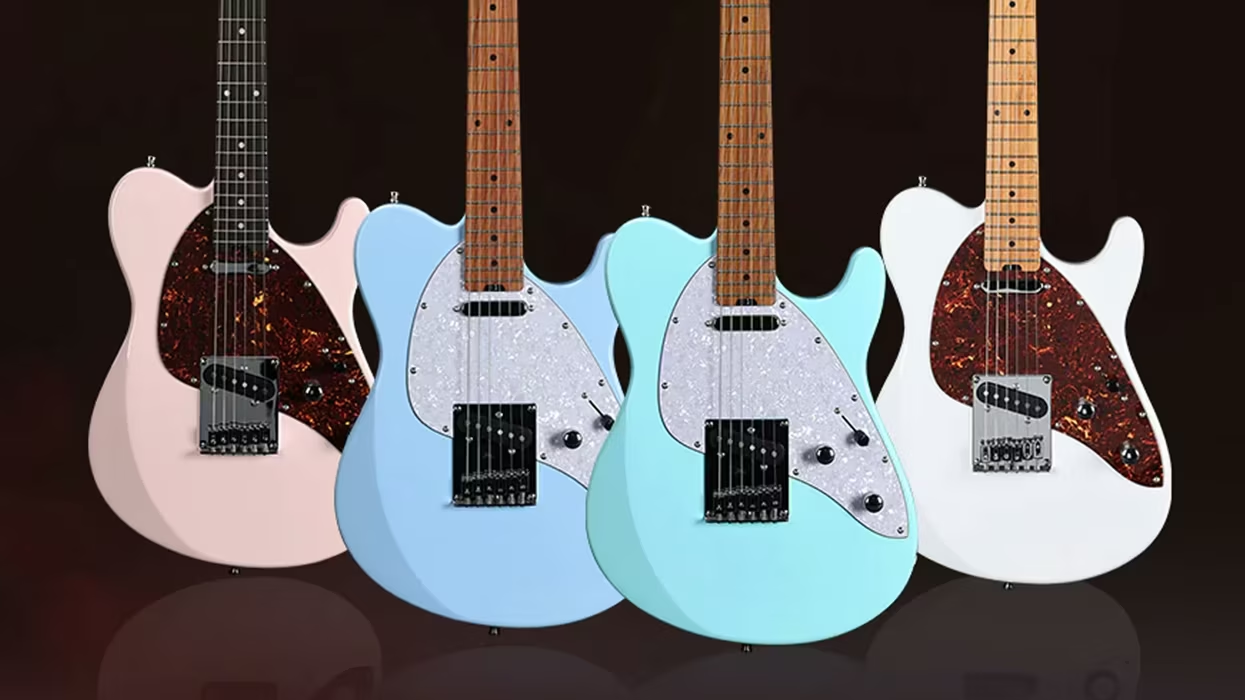


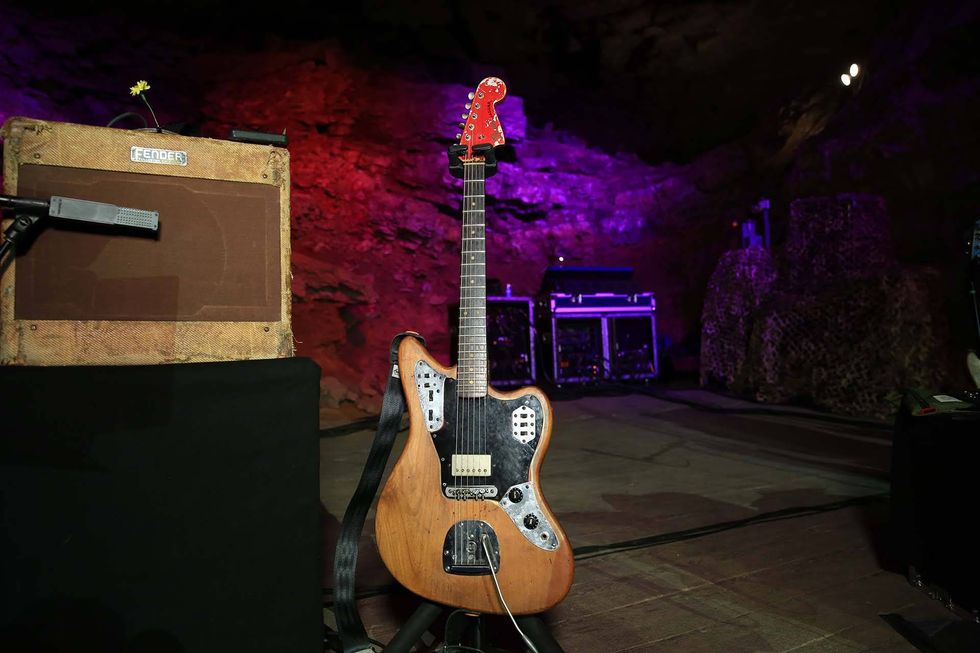
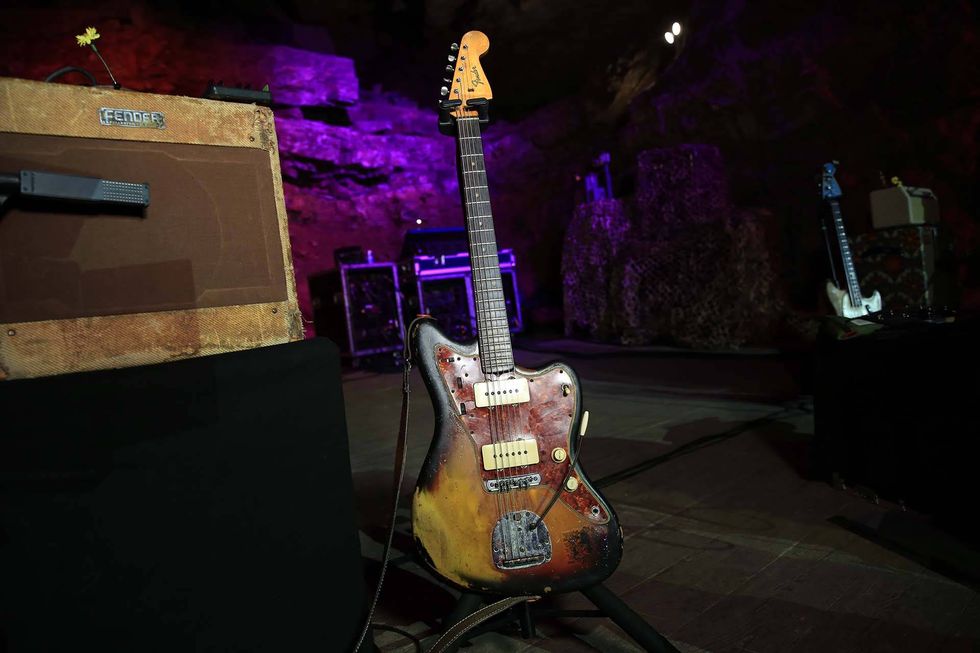
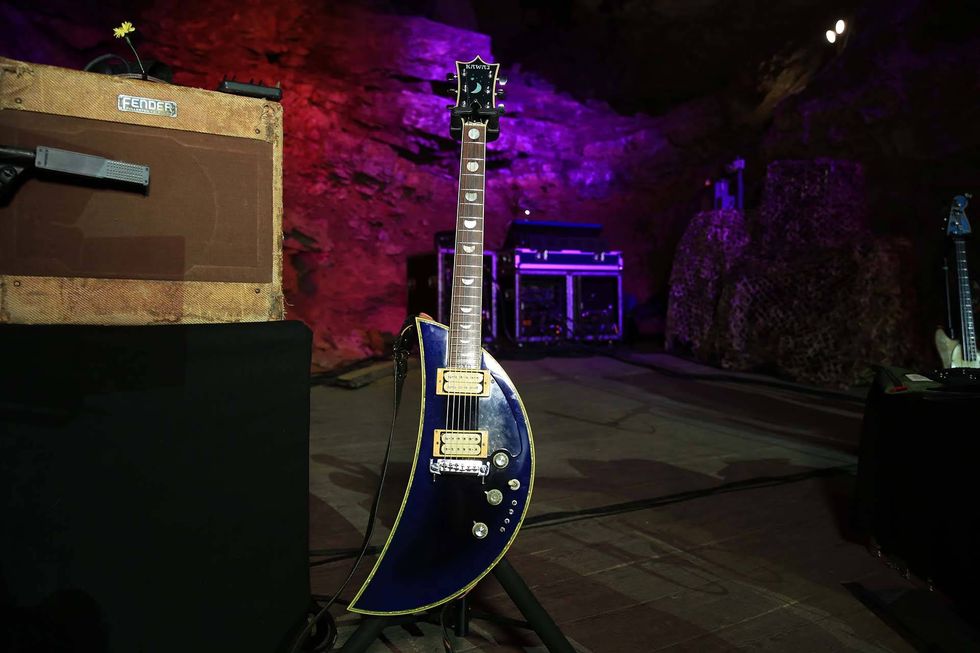
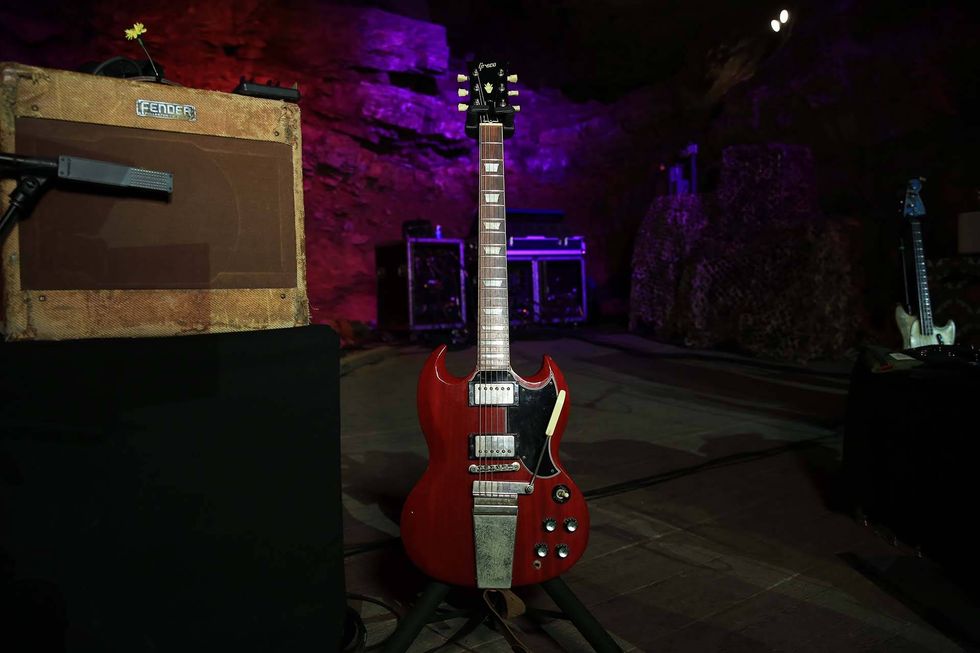
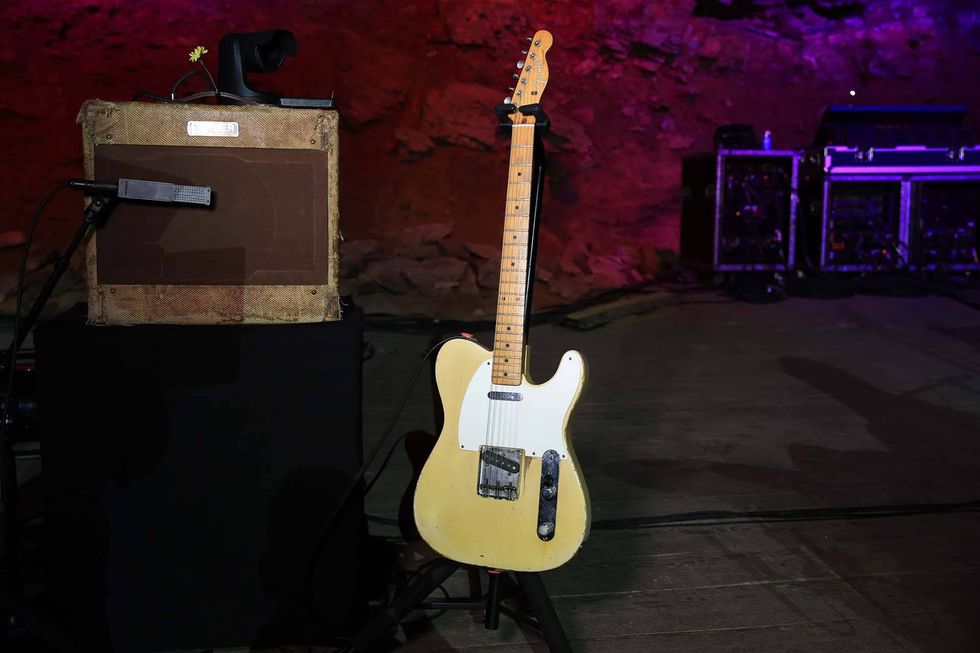
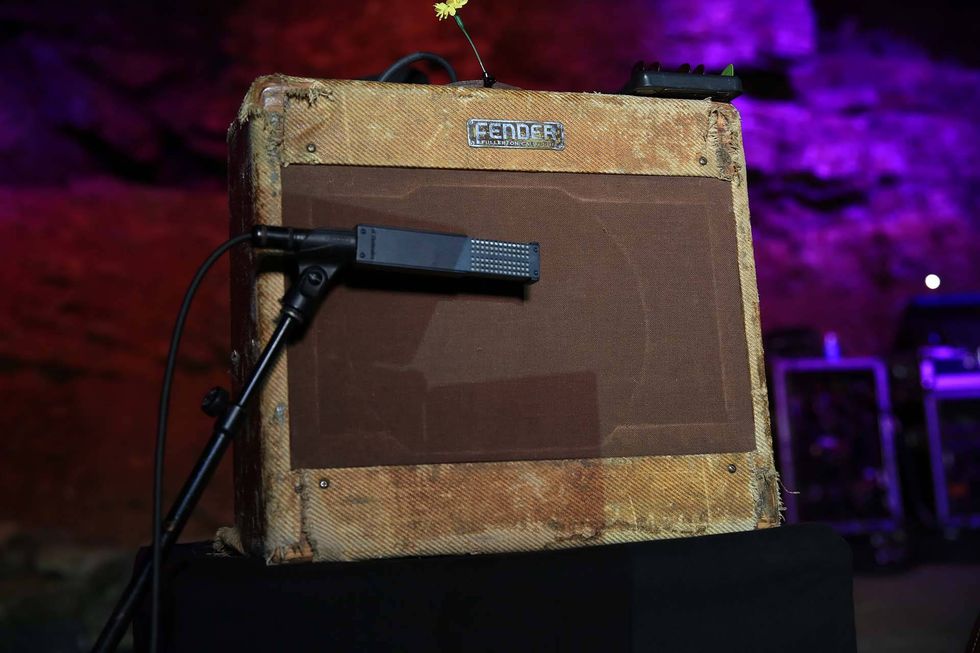
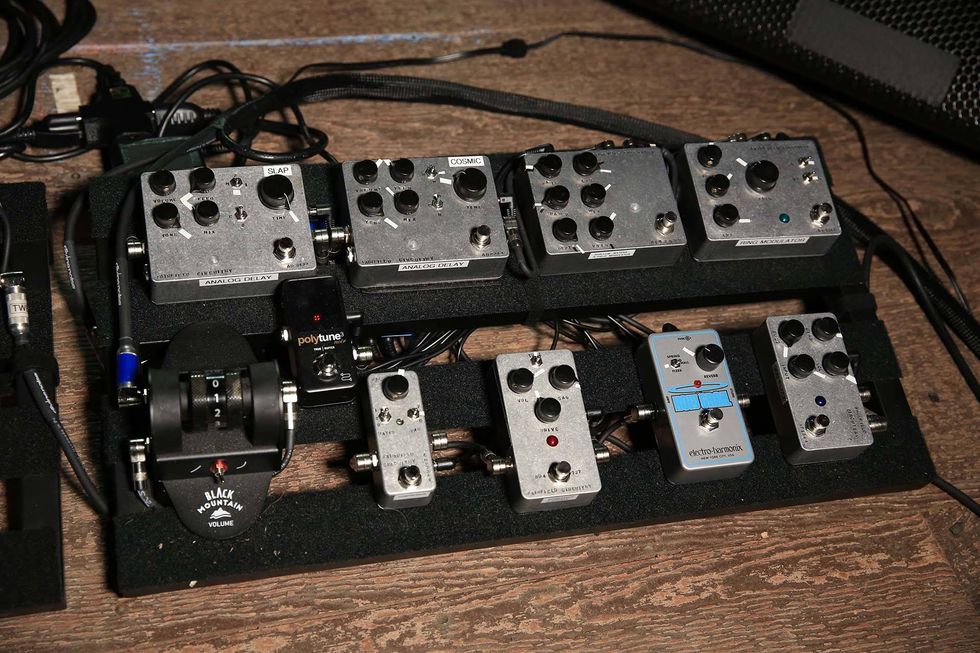
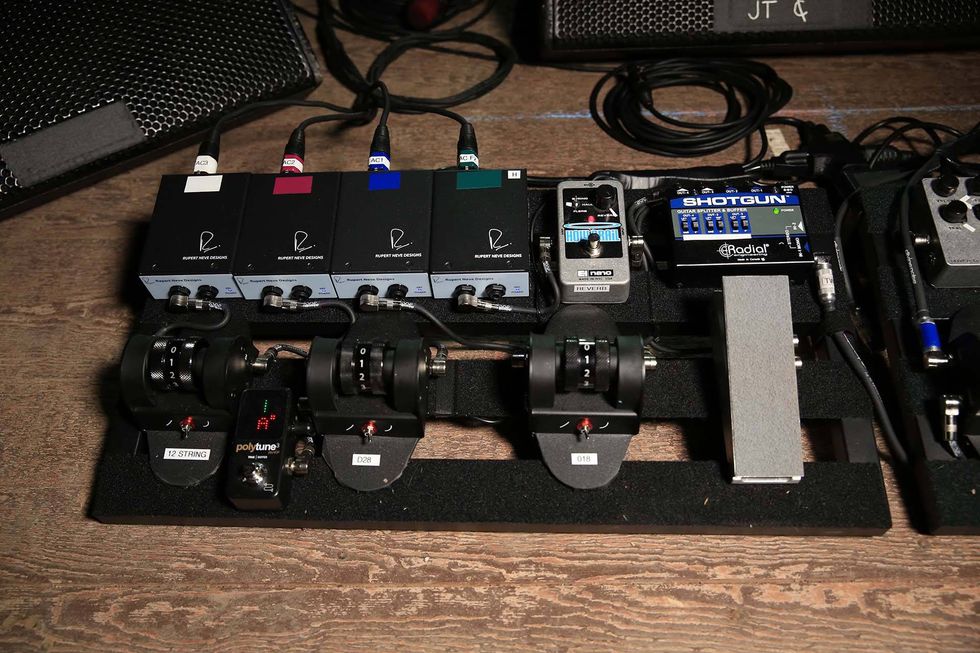

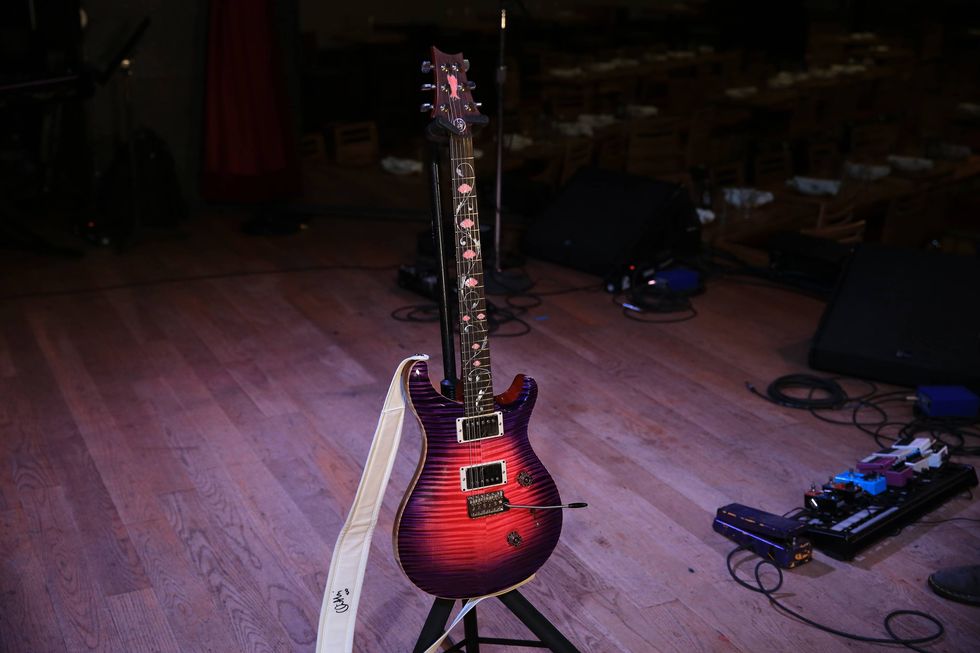
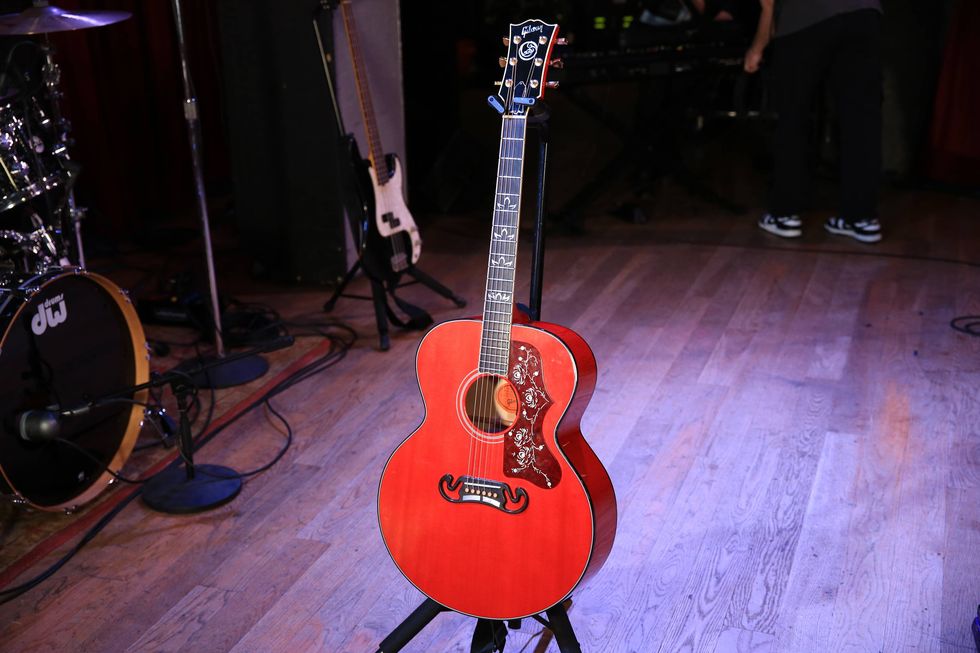
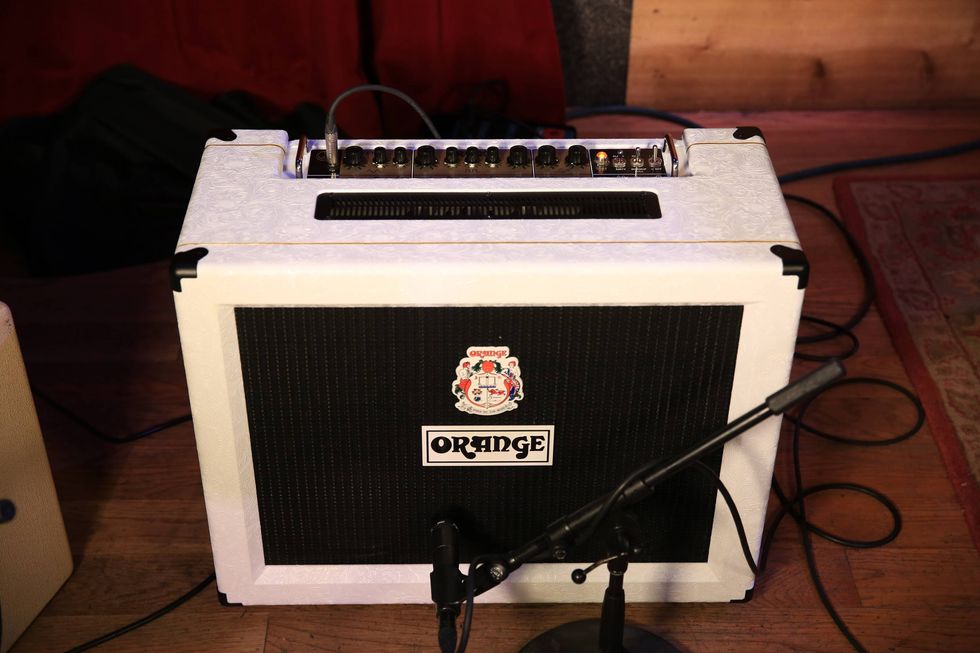
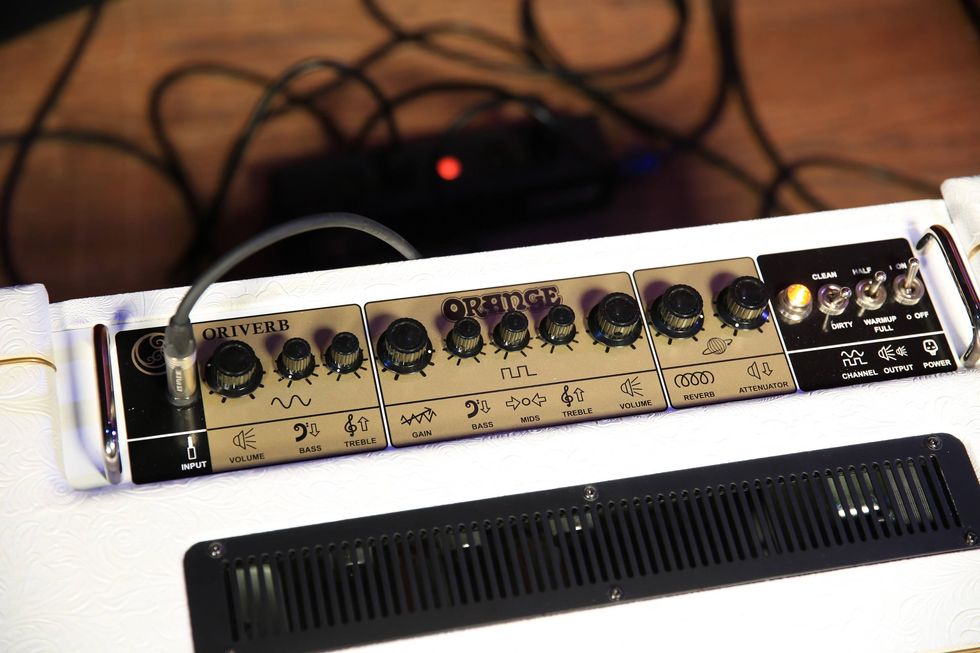
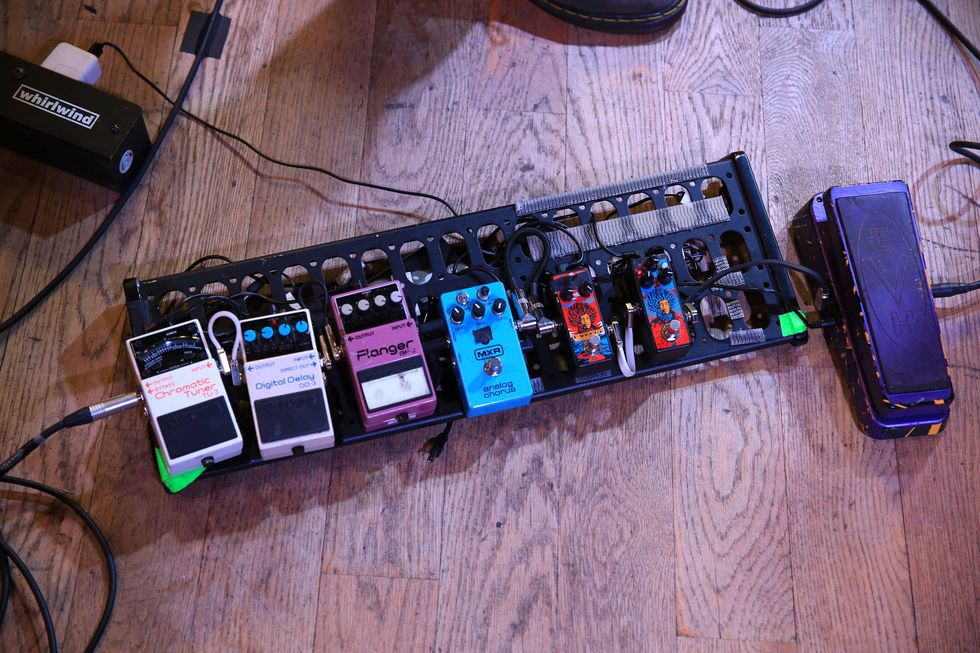

![Rig Rundown: AFI [2025]](https://www.premierguitar.com/media-library/youtube.jpg?id=62064741&width=1245&height=700&quality=70&coordinates=0%2C0%2C0%2C0)




















 Zach loves his Sovtek Mig 60 head, which he plays through a cab he built himself at a pipe-organ shop in Denver. Every glue joint is lined with thin leather for maximum air tightness, and it’s stocked with Celestion G12M Greenback speakers.
Zach loves his Sovtek Mig 60 head, which he plays through a cab he built himself at a pipe-organ shop in Denver. Every glue joint is lined with thin leather for maximum air tightness, and it’s stocked with Celestion G12M Greenback speakers.






